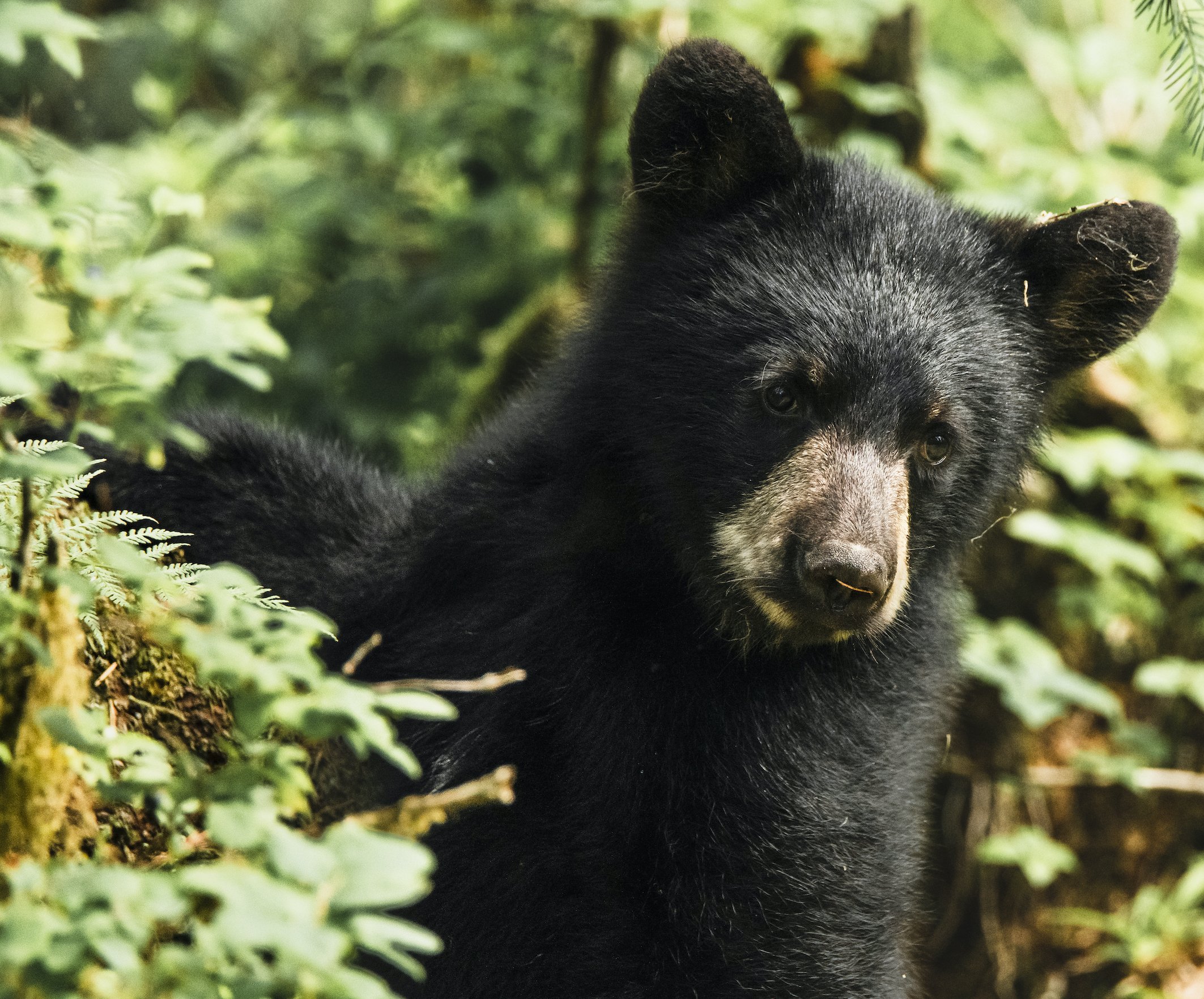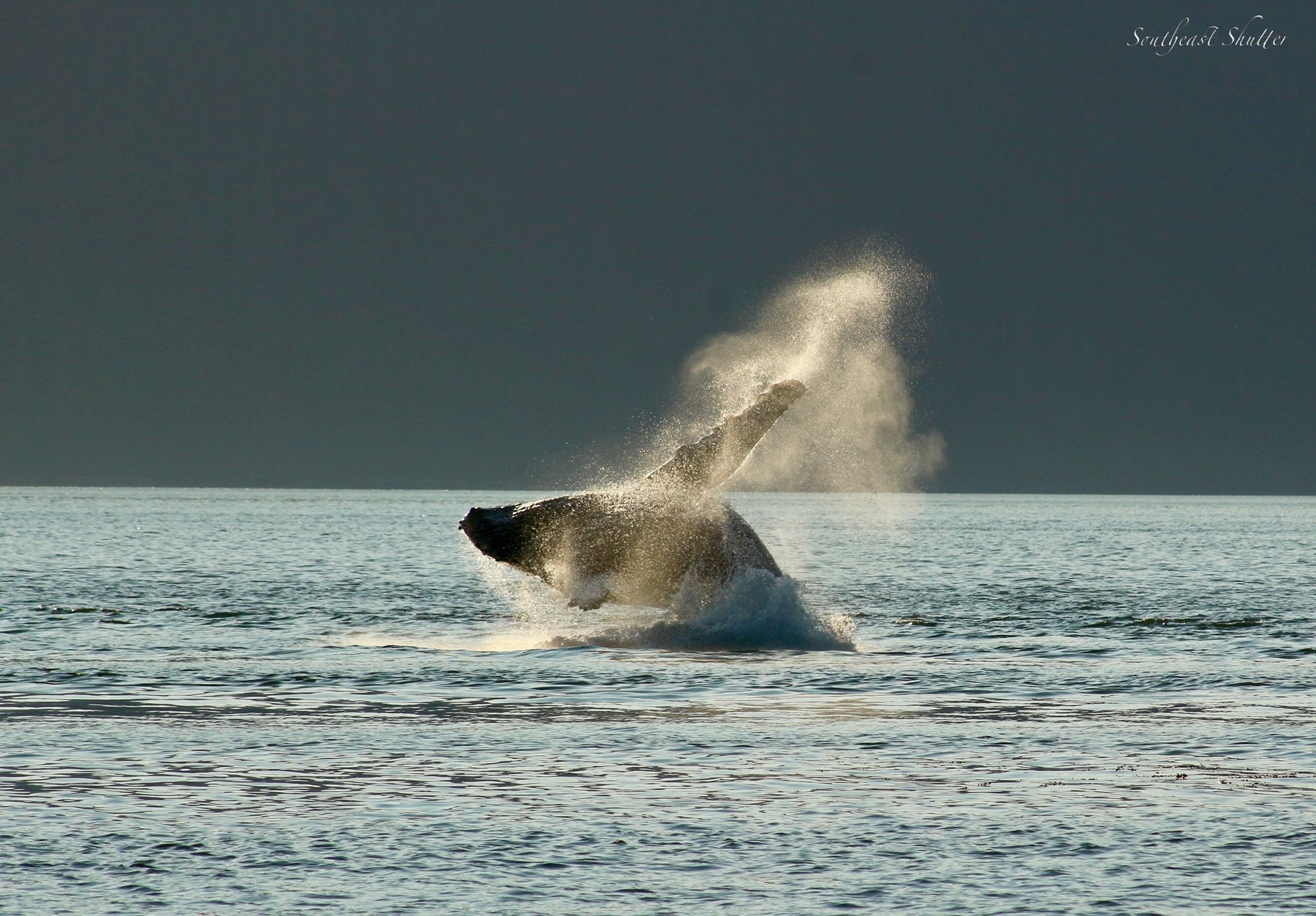MIKE KLOSTERMAN
WILDLIFE
Bears, Whales, Birds & more
From world-class bear viewing to abundant marine wildlife, Wrangell is a paradise for animal enthusiasts and photographers. Both brown and black bears come to Anan Creek to feed on coho and pink salmon during the months of July and August, attracting seals, eagles, otters & the occasional wolf. The waters around Wrangell are also abundant with marine life, from humpback whales and porpoises to seals, sea lions and otters. For birders, May & June bring hundreds of thousands of migrating species to the Stikine River delta—an important stopover on the Pacific Flyway. Pick an adventure and enjoy the wildlife viewing opportunities of Wrangell!
ANAN BEAR & WILDLIFE OBSERVATORY
A visit to Anan requires advance planning, but it is a highlight of any trip to Wrangell during July and August. Anan Creek is home to the largest run of pink salmon in Southeast Alaska. Historically, the Tlingit established summer fish camps at Anan and gave the creek its name, which roughly translates to ‘a place to sit down together’ or ‘gathering place’.
Today, visitors are drawn to Anan to view the wildlife that comes seeking an easy meal. Both black and brown bears feed here and are certainly the stars of the show, but Bald Eagles, Stellar sea lions, seals, otters, mink, and the occasional wolf may also be spotted.
The Forest Service developed the observatory to provide an opportunity to watch the bears feeding up close. A covered viewing shelter, observation platform, and a photo blind all overlook the cascading falls, where salmon make their way upstream to spawn and the bears try their luck at fishing. The observatory is reached by walking a scenic half-mile trail. During July and August, the trailhead and observation platform are monitored by the Forest Service.
RE JOHNSON
WHALES
The waters around Wrangell are rich with marine life, attracting humpback whales, Orca, and the occasional grey whale.
Both resident and transient humpback whales frequent the area and can be seen year-round. We often see them cruising along the Wrangell shoreline in Zimovia Strait—diving, lunge feeding, and if you’re really lucky, breaching. Among the surrounding islands, towards Clarence Strait, reefs and strong tidal currents create ideal feeding grounds where we often see humpbacks bubble net feeding. This specialized technique is exhibited by groups of humpback whales in only a few places in the world. They blow a curtain of bubbles from below to surround a school of fish and drive them to the surface where the whales lunge out of the water with their mouths wide open to collect their bounty.
Orcas are present in Southeast Alaska in May and June and less frequently from July to September. They usually cruise around in group of two or three, but sometimes up to 10 or more. A rare but special sight is to spot Orcas among the ice bergs in LeConte Bay where they prey on harbor seal pups. In early spring, the seals head into the bay to birth and rear their pups among the protective ice floes.
ANDREA LAUGHLIN
MARINE MAMMALS
Wrangell is home to an abundance of marine mammals including Stellar sea lions, harbor seals, sea otters, Dall’s porpoise and harbor porpoise. Several local tour operators offer excursions specifically for marine mammals, whale watching included!
IVAN SIMONEK




